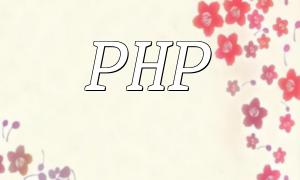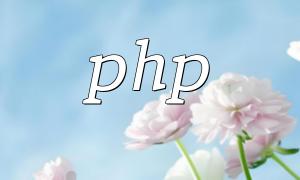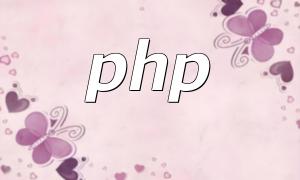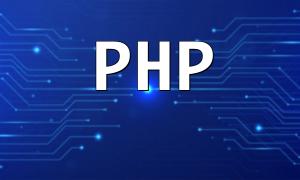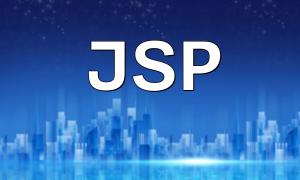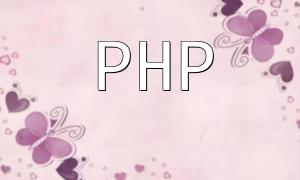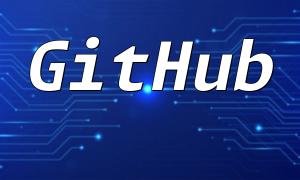macOS is favored by many developers due to its stable, pre-installed PHP environment, making it a popular platform for development. This environment offers out-of-the-box convenience and supports web development and backend programming, greatly enhancing development efficiency.
Checking the pre-installed PHP version on macOS is straightforward. Simply open the Terminal and enter the following command:
<span class="fun">php -v</span>
This command displays the current PHP version, which is typically a stable release suitable for most development needs.
Configuring the PHP environment on macOS is relatively simple. Developers can adjust PHP settings by editing the php.ini file, such as enabling or disabling specific extensions. The php.ini file is usually located at:
<span class="fun">/etc/php/7.4/apache2/php.ini</span>
Depending on the macOS version, the PHP version folder may differ, so be sure to locate the correct path accordingly.
Using the built-in PHP environment on macOS, developers can quickly start PHP projects. Common steps include:
Create a new PHP file in the Terminal:
<span class="fun">touch my_app.php</span>
Open the file in a text editor and write PHP code:
<span class="fun"><?php echo "Hello, World!"; ?></span>
Start the built-in PHP server for quick testing:
<span class="fun">php -S localhost:8000</span>
After running the server, visit http://localhost:8000/my_app.php in a browser to see the output.
Although macOS comes with a pre-installed PHP version, to access the latest features or extensions, it's recommended to manage PHP versions with Homebrew:
<span class="fun">brew install php</span>
After installation, you can flexibly switch and configure PHP versions according to your project requirements, ensuring compatibility and richer functionality.
The default PHP environment on macOS offers great convenience for developers, enabling quick setup and testing of PHP applications. With simple commands and configuration options, managing PHP versions and extensions becomes easy, fulfilling diverse project development needs.

